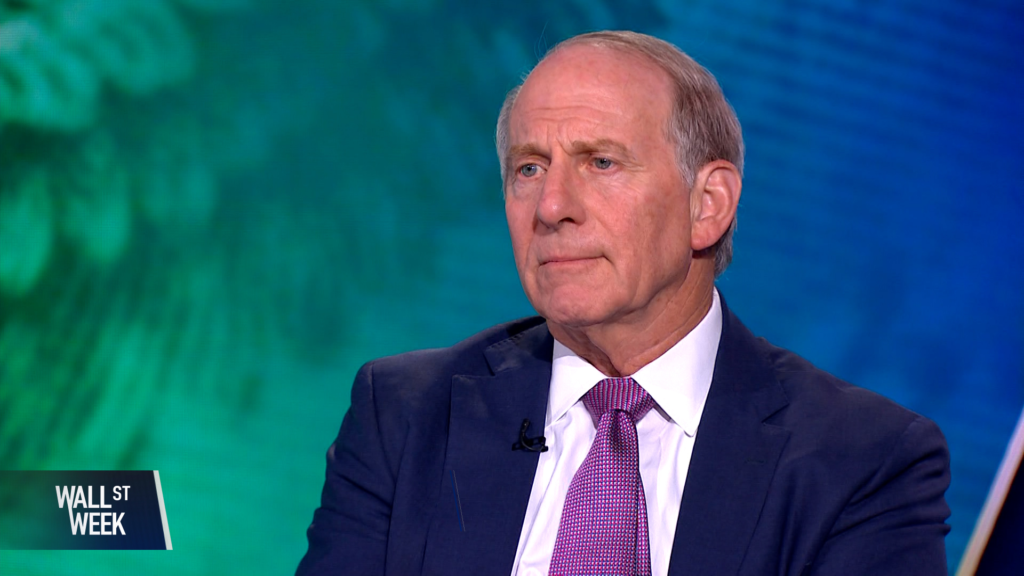Oil prices saw a sharp increase of almost 3% on Monday, as rising geopolitical tensions in the Middle East shook global energy markets. This surge comes amid reports of new military developments in the region, stoking fears of potential supply disruptions. Brent crude futures rose by $2.28, or 2.9%, reaching $81.63 per barrel, while West Texas Intermediate (WTI) crude jumped $2.12, or 2.8%, to settle at $77.78.
The sudden increase in oil prices is linked to growing concerns that instability in the Middle East could spread, especially as key oil-producing nations and shipping routes may be affected. With tensions mounting, traders and investors are bracing for potential volatility in energy supply chains.
Why the Middle East Matters for Global Oil
The Middle East remains one of the most strategically important regions for oil production and transportation. Countries like Saudi Arabia, Iran, Iraq, and the United Arab Emirates collectively hold some of the largest crude oil reserves in the world. Any disruptions in this region, such as military conflict or sanctions, can lead to significant supply constraints globally.

In this case, increased hostilities involving regional powers have raised alarms over the safety of oil infrastructure and the reliability of exports, especially through the Strait of Hormuz—a key maritime chokepoint through which roughly 20% of global petroleum passes daily.
More on the Strait of Hormuz and its importance to oil
Analysts Warn of Extended Volatility
Market analysts warn that if the current situation continues to deteriorate, we could see even more dramatic price increases in the coming weeks. Some experts suggest that Brent crude could rise to $90 per barrel if the conflict impacts exports directly or leads to a military blockade.
“Oil markets are highly sensitive to Middle East developments,” said Edward Moya, senior market analyst at OANDA. “The current surge reflects not just immediate concerns but the broader fear of an extended regional crisis.”
OANDA Market Analysis – Latest Trends
Energy Sector Reacts
The surge in oil prices also impacted global energy stocks. Major oil companies like ExxonMobil, Chevron, and BP saw gains of 2% to 4% in early trading. The U.S. Energy Select Sector SPDR Fund (XLE) also jumped nearly 3%, mirroring the broader movement in commodity prices.
While this has brought temporary relief to energy stockholders, industrial sectors dependent on fuel—such as airlines and transportation—are facing downward pressure due to rising operational costs. Airlines for America, a trade group representing U.S. carriers, noted that the fuel cost surge may impact ticket pricing and profitability in Q3.
Check today’s stock market response to oil price movement
Impact on Global Economies
Economists note that rising oil prices can act as a double-edged sword. On one hand, oil-exporting nations benefit from increased revenues. On the other, oil-importing countries may experience inflationary pressures, reduced consumer spending, and slower economic growth.

The International Monetary Fund (IMF) recently warned that a sustained increase in oil prices due to geopolitical instability could reduce global GDP growth by up to 0.5% over the next year.
IMF Insights on Oil Price and Global Growth
Strategic Petroleum Reserves and Government Response
In response to the current market volatility, several countries, including the United States and members of the International Energy Agency (IEA), are reviewing their strategic petroleum reserves. The Biden administration has stated it is closely monitoring the situation and is prepared to release oil from the U.S. Strategic Petroleum Reserve if needed to stabilize domestic prices.
Meanwhile, OPEC+, the group of major oil-producing countries, has not yet indicated whether it plans to adjust production quotas in light of the current developments. Analysts believe any production cuts would only increase pressure on the market.
OPEC+ Updates and Oil Output Plans
Consumer Impact: What to Expect
For consumers, the most immediate impact of this oil price surge will be felt at gas stations. In the U.S., average gasoline prices have already climbed by 10 cents over the past week, and experts predict further increases if oil prices remain high.

In Europe and Asia, rising oil prices are likely to drive up energy bills and transportation costs, putting additional pressure on household budgets at a time when inflation is already a top concern.
“Consumers should prepare for a short-term spike in energy expenses,” said Sarah Bloom, an energy policy expert at the Brookings Institution. “The situation in the Middle East could also push governments to rethink their energy security strategies.”
Gas Price Tracker – What Drivers Can Expect
The Road Ahead for Energy Markets
Energy markets are entering a period of heightened uncertainty. Geopolitical developments, production adjustments by OPEC+, and strategic reserve policies will all play a role in determining whether oil prices stabilize or climb even higher in the near future.
For investors, the current environment may offer opportunities in the energy sector but comes with elevated risk due to the unpredictable nature of geopolitical events. Meanwhile, consumers and businesses are being urged to prepare for cost increases and potential supply disruptions.
Conclusion
The nearly 3% surge in oil prices underscores the deep connection between global energy markets and geopolitical developments—especially in sensitive regions like the Middle East. As tensions escalate, the ripple effects are being felt across stock markets, consumer prices, and global economic forecasts.
Continued vigilance and coordinated international response may be key to mitigating the worst impacts of this energy market shock.
Also Read – Trump Warns EU on Trade, Tariff Pause Ends July 8





